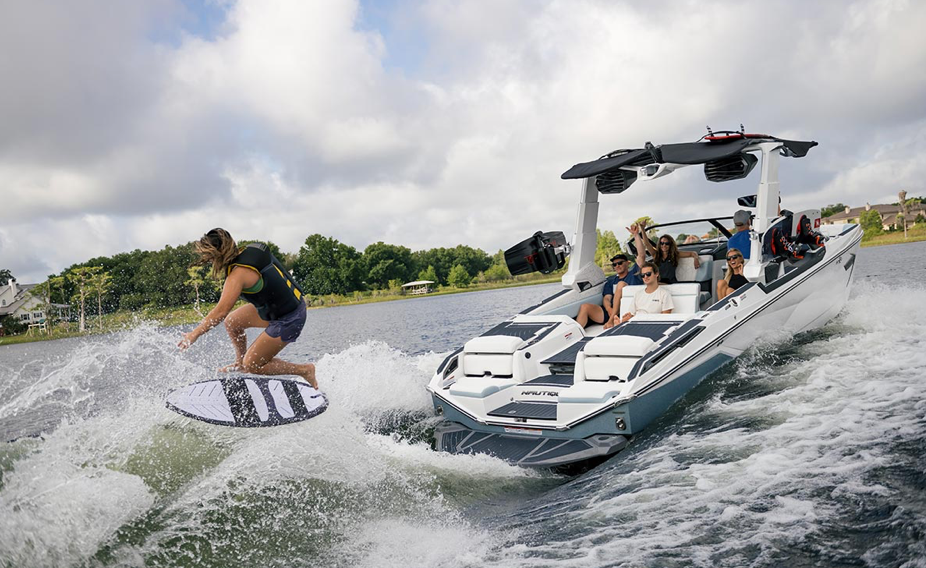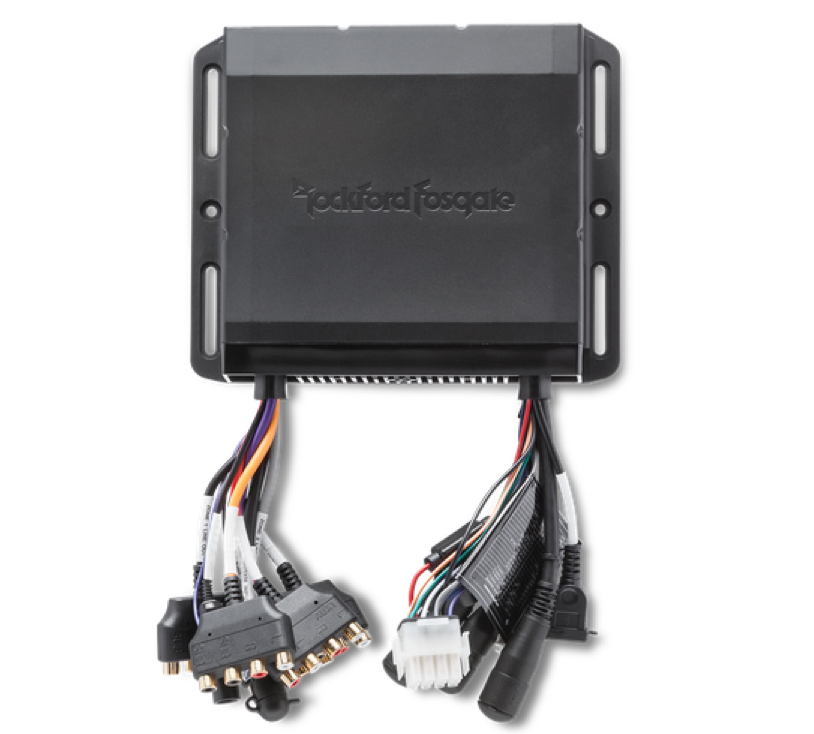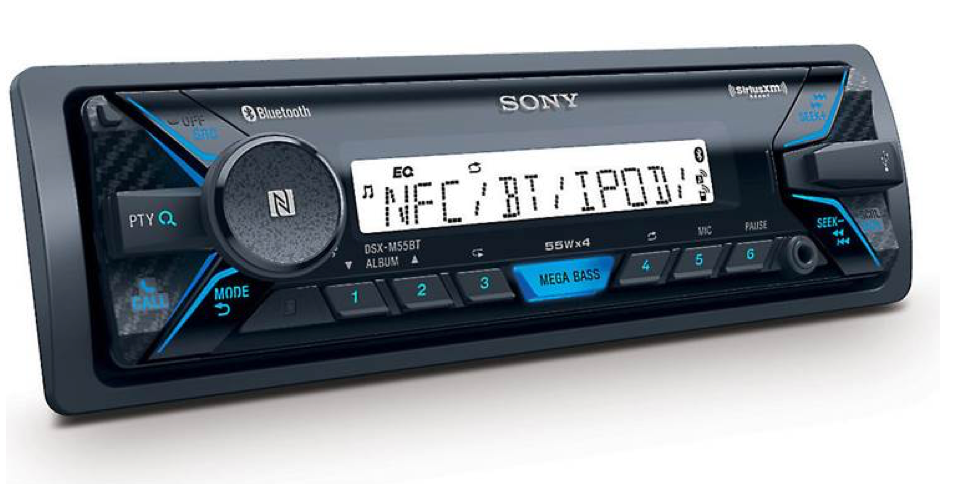Buying an Aftermarket Boat Stereo

Whether you rock out to the Quaker City Night Hawks, The Black Crows, Beethoven or funky geezer-rock, taking your tunes afloat is a big part of boating for many of us these days.
But audio systems that sound great in your living room or your vehicle may not play well in the marine environment. In the first of a two-part series, we offer some tips on the stereo receiver and related equipment like remote controls. Part two will look at accessories like amplifiers and speakers.
The Source
A marine stereo system includes the source or head components, an amplifier or amp, and speakers.
The source component, the “stereo,” typically includes an am/fm radio and has Bluetooth connectivity that allows full control from a smartphone. Most also include an MP3 player, USB connection and a SiriusXM receiver. (CD players are rapidly becoming rare.) They typically have 40 to 60 watt peak output per channel and 4 channels although more are possible.
Moderate output from a stereo is OK for listening to dinner music when your boat is at anchor, but doesn’t have the power needed to blast out the volume needed to override wind, wave and engine noise on your wakeboat or other planing hulls.

In some stereo systems, a small amp and an FM tuner are packaged in one unit. But a separate amplifier can double or triple your available volume. The amplifier boosts the signal from the source to drive the speakers. More on this in part two.
With those basic terms in mind, here are some tips on selecting a system that will suit your boat and the way you use it, one that will hopefully survive through many seasons on the water:
- Don’t buy a car stereo for a boat
- Consider the footprint of the components
- Choose an amplifier sized for the task
- Select speakers for the marine environment
- Put the speakers in the right spots
- Wire your system right
- Fit the system to your budget

To see BoatTEST’s video and in-depth report on the Fusion Apollo RA770 entertainment system, click here…
Don’t Buy a Car Stereo
While there’s not much difference in the technology of most units sold for land or sea, marine-stereo components get a coating of waterproofing over the sensitive circuit boards that can help them survive the air and spray.
Some are also enclosed in water-resistant housings. This is generally called “marinizing” — it’s a small touch but it can help the system survive.

Still, most marine stereos are not waterproof and must be mounted in protected areas. It’s best to mount the stereo in a cabin or compartment where no rain or spray can reach. Then install a remote operating head that sits on the console in a more or less waterproof housing. The remote-control heads are typically rated at IPX7, basically waterproof, while the stereos are more commonly IPX3, much less so.
Consider the Footprint
Installation space on smaller boats can be limited and some stereo components are more compact than others — choose to fit your available space.
Head-unit size is often described as one or two “DIN”, an international measuring standard. One DIN is 180 mm wide by 50 mm, (about 7” x 2”) and this is considered the standard cutout size for a marine stereo. The double-DIN (also called 2-DIN) models fit 180 mm by 100 mm (roughly 7” x 4”).

Alternatively, gauge-mount models like Clarion’s GR10BT have a round face or head that will match the rest of the console gauges on many boats. Gauge-mount heads also take up less space on the dash.
